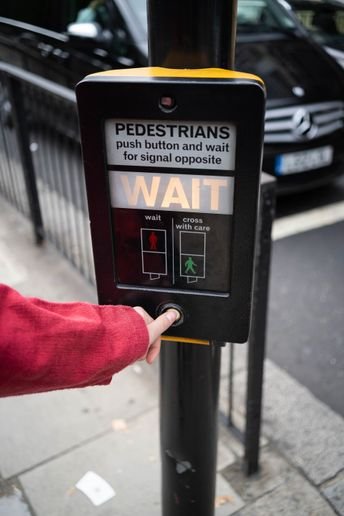Photo via pexels.com/Lukas Hartman.
The company says these collision avoidance and safety automation features enable more effective risk mitigation for drivers and fleet managers.
Nauto, an SaaS provider of enterprise AI and computer vision solutions for commercial fleets, has rolled out several new artificial intelligence (AI) enhancements to its Driver and Fleet Safety Platform. The latest AI capabilities include automatic detection of four new, high-risk driver behaviors in the vehicle that trigger real-time alerts for greater driver and fleet safety and risk reduction, while also helping to streamline operations.
Specifically, the advancements are designed to help prevent risky behaviors that lead to collisions, including notifications and warnings for pedestrian collision, speeding over the posted limit, progressive fatigue and drowsiness, and intersection violation.
The company says these collision avoidance and safety automation features enable more effective risk mitigation for drivers and fleet managers.
Nauto’s AI technology—which is able to track and analyze risk in real time and provide preventative warnings that may give drivers critical extra time to respond—is based on over 1 billion miles of driver behavior data. The company reports customers have seen two out of three drivers improve automatically in two weeks without any human intervention, and their fleets benefit from up to 80% reduction in collisions.
With the latest additions, Nauto’s in-vehicle alerts and AI-informed driver coaching now address over 90% of weighted collision risk factors as identified by the Virginia Tech Transportation Institute.
For fleets, collision avoidance systems are more important than ever before. In 2020, more than 42,000 people lost their lives in motor vehicle crashes including 6,700 pedestrians.
Source: https://www.automotive-fleet.com
CUT COTS OF THE FLEET WITH OUR AUDIT PROGRAM
The audit is a key tool to know the overall status and provide the analysis, the assessment, the advice, the suggestions and the actions to take in order to cut costs and increase the efficiency and efficacy of the fleet. We propose the following fleet management audit.




